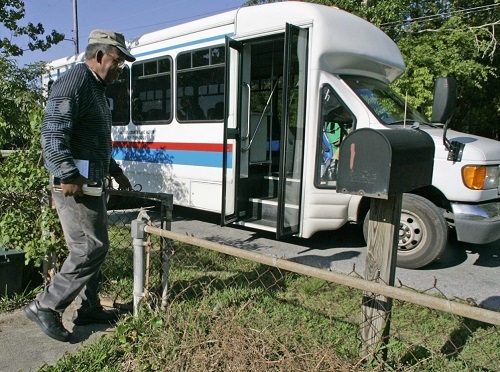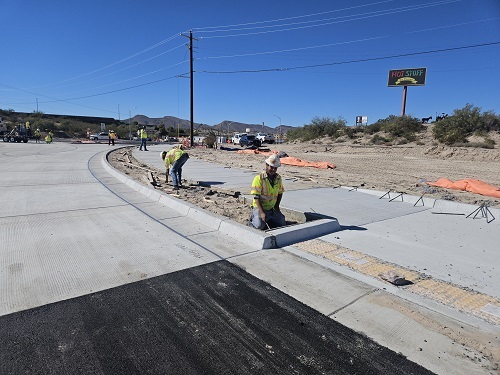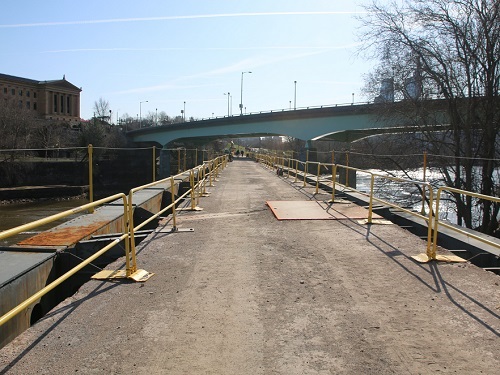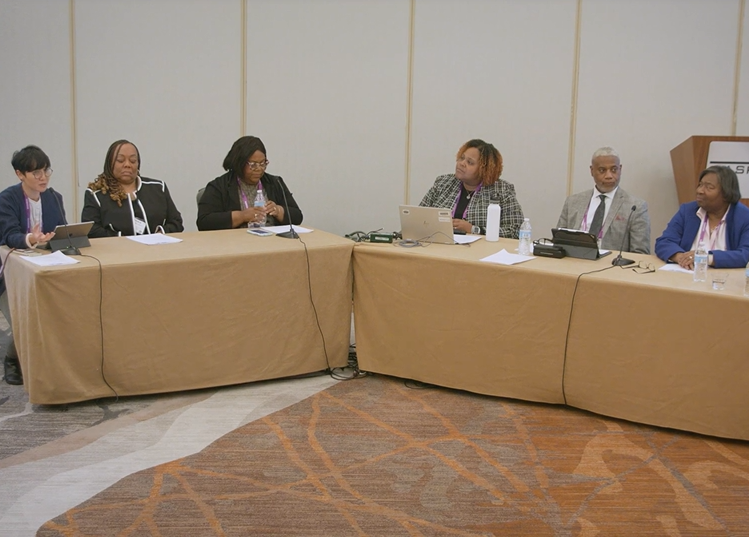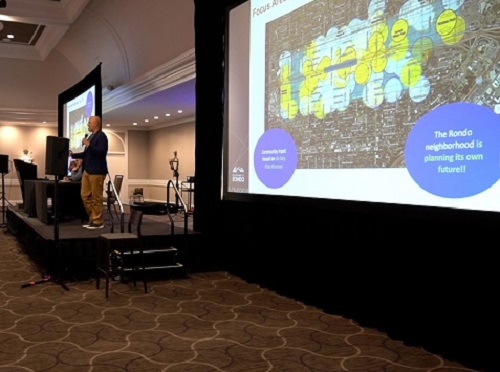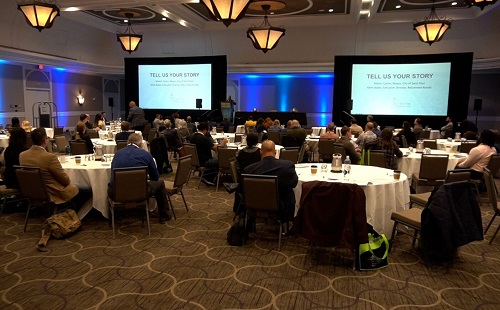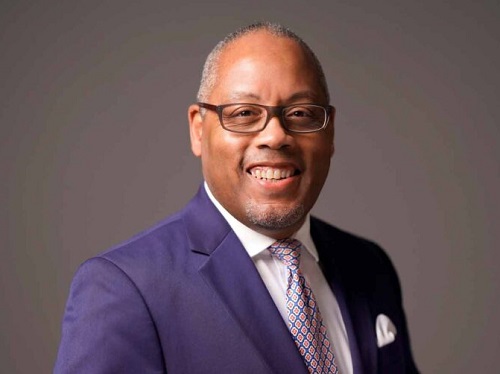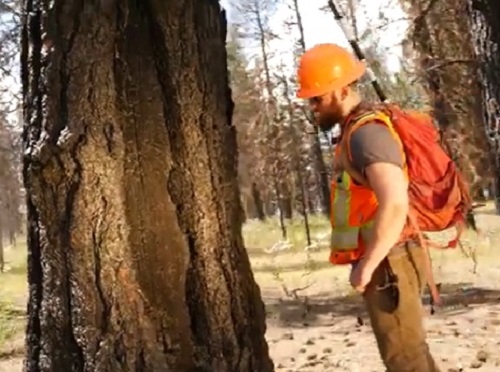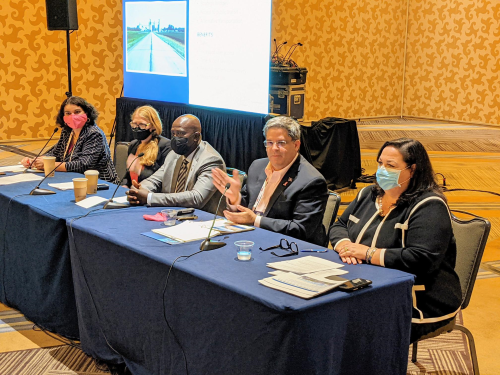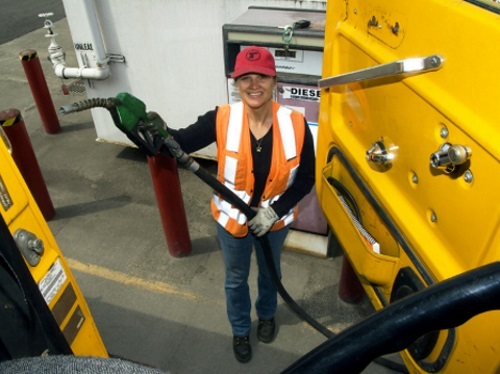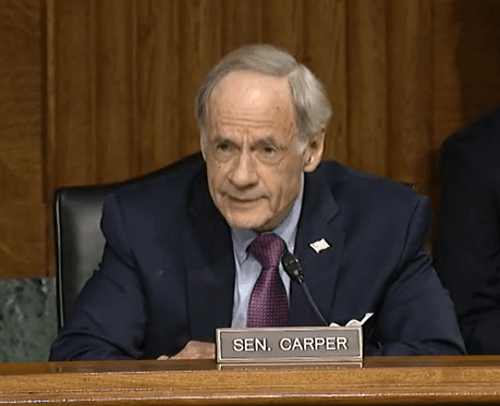The Federal Transit Administration recently issued $7.8 million in grants to 17 projects across the country via its Innovative Coordinated Access & Mobility or ICAM pilot program to help improve public transportation for people with disabilities, older adults, and low-income individuals.
[Above photo by MassDOT]
The agency said those grants support organizations that coordinate public transportation for underserved groups, allowing them to access healthcare, community services, education, and jobs by building partnerships among health, transportation, and human services providers.
“This program supports statewide and regional strategies to help ensure people who are especially challenged in accessing healthcare can reach those critical services,” noted FTA Acting Administrator Veronica Vanterpool in a statement. “We are pleased to provide resources that help reach into the sometimes-overlooked areas of our nation to ensure no one is left behind.”
Several projects overseen by state departments of transportation received grants from this round of FTA ICAM program funding:
- The Illinois Department of Transportation received $1.8 million to design and implement an integrated technology system for trip scheduling and fare collection that will facilitate non-emergency medical transportation trips and interagency passenger transfers. The program will integrate technology enhancements to improve mobility for people in 20 rural counties in southern Illinois through Shawnee Mass Transit, Rides Mass Transit, South Central Mass Transit, and Monroe Randolph Mass Transit.
- The Iowa Department of Transportation received over $441,000 on behalf of Heart of Iowa Regional Transit Authority to upgrade its on-demand scheduling software, buy hybrid-electric vehicles, and hire a mobility manager.
- The Massachusetts Department of Transportation received over $360,000 to test a statewide mobility management program with agencies that lead and manage statewide aging and disability programs. The pilot program will improve the accessibility, efficiency, and availability of transportation services for state residents, with a focus on older adults, people with disabilities and people of low income.
- The Maine Department of Transportation, on behalf of Maine Community Action Corp, will receive $436,000 to establish a mobility management hub with a full-time mobility manager to facilitate coordination and provide technical assistance to develop a one-call, one-click service. That funding will also help the group launch a regional mobility network.
- The Michigan Department of Transportation, in cooperation with the Michigan Transportation Connection, Inc., received $480,000 to buy hybrid electric vehicles and charging stations in Delta, Ionia, Benzie, Clare and Mason counties to expand “wellness-coordinated transportation” for non-emergency medical needs.
- The Pennsylvania Department of Transportation received $925,000 to enhance its “Find My Ride” program, a web-based platform system designed to serve as a one stop shop for human services transportation in the state. The project incorporates mobility management tools and integrate the current system with the statewide PA 211 system.

